Print artists, Hiroshi Yoshida and Tooshi Yoshida
When I heard that the exhibition “INTO THE WILD" (print artists Hiroshi Yoshida and Tooshi Yoshida) at the Shinmai Media Garden in Matsumoto City would end on May 29, I rushed to see it.
The exhibition had started on May 3, but I had not checked the schedule and only found out a few days ago.
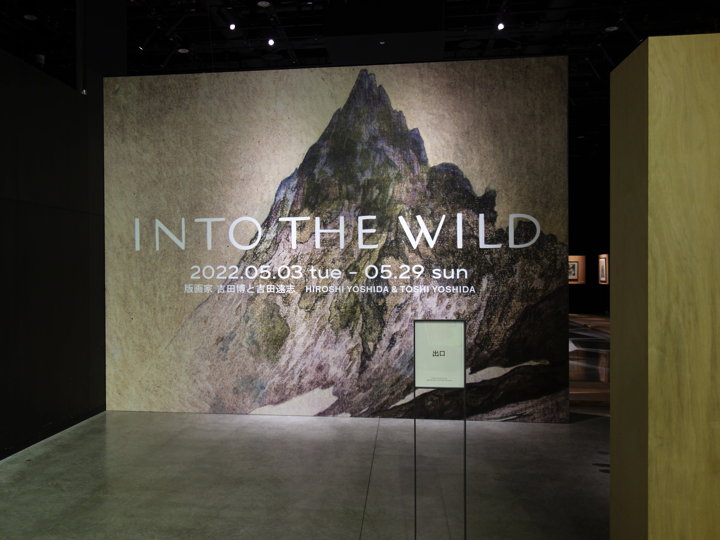
The photo is a view of the exit of the exhibition hall. Hiroshi Yoshida’s prints are displayed as a panel.
Hiroshi Yoshida (1876-1950) was a Western-style painter and printmaker born in Meiji era.
He began making prints at the age of 44 when he met Shozaburo Watanabe, a publisher of the prints, and since then he had been making landscape prints.
The panel in the photo above is the upper half of a print titled “Mt. Yarigatake" among the “Twelve Views of the Japanese Alps," which was made in 1926.
A poster was displayed outside the exhibition hall, so I will post the photo too.
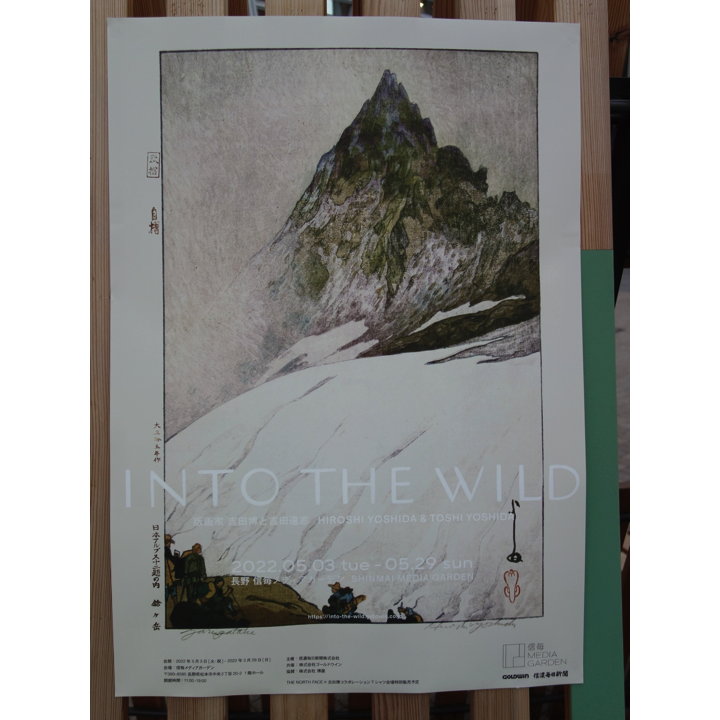
In the upper left margin of the screen, the words “Jizuri" are written, it means “printed it by myself".
The Taisho period (1912-1926) was the beginning of the “creative printmaking" movement, in which artists created, carved, and printed their own prints.
On the other hand, “shin-hanga" (new prints) developed, in which the painter, engraver, and printer divided their work by inheriting the production techniques of ukiyo-e. Yoshida Hiroshi was a member of the shin-hanga movement.
Hiroshi Yoshida is considered an artist of shin-hanga, and he basically divided his work between the engraver and printer. I wondered if he did his own printing for some of his works(?).
However, this “jizuri" means that he supervised and directed the prints. He thought that since the work was finished in a way that he thought was good, he could call it “printed it by myself".
But I think, it isn’t the right choice of words.
In the September 1936 issue of Ukiyo-e Kai magazine, there is an interview with Hiroshi Yoshida. In the interview, he said that self-engraving and self-releasing prints are difficult and almost impossible to produce in large quantities. He said, “In most cases, I let the engraver and printer do it for me.
In addition to the Mt. Yarigatake in the photo, there were prints of the Japanese Alps series, as well as prints of Japanese landscapes and overseas landscapes such as the Grand Canyon and the Matterhorn.
Among the foreign landscapes, the colors of the Grand Canyon were beautiful.
In total, 24 prints and 4 paintings were exhibited.
The exhibit also featured the work of another printmaker.
Tooshi Yoshida (1911-1995) was the eldest son of Hiroshi Yoshida. He learned oil painting and printmaking from his father, and when he was 19 years old, he went on a sketching trip with his father to India, Burma, and Malaysia.
In 1973, he visited East Africa, and since then, while traveling around the world, he produced prints with motifs of animals from various regions.
He has also published a series of picture books depicting African animals.
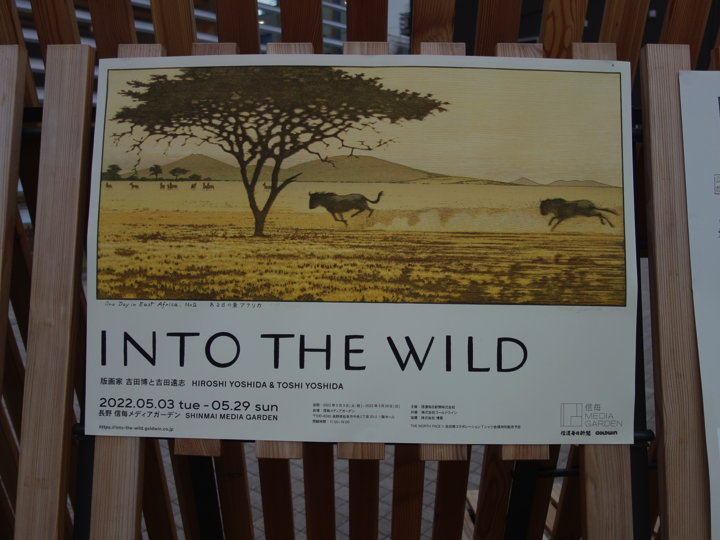
This photo is also from a exhibition poster. The work is titled “One Day in East Africa No. 2," which was produced in 1991.
There were 16 works by Tooshi Yoshida at the exhibition. The exhibition was mainly prints of African animals, such as the “One Day in East Africa" series, “Kilimanjaro Cloudy Sky," and “Zebras,". And there were also some abstract prints from the 1960s and 1970s, which I thought were also good.
Finally, I would like to quote a sentence I found in which Tohshi expresses his thoughts on the creation of picture books, a sentence that appeared in the booklet “JBBY" of the 1986 World Congress of Children’s Books. It is the last part of his article.
“To criticize mankind, one must be well acquainted with the laws of nature. Mankind does not own the earth. They belongs to the earth and must coexist and co-prosper with plants and animals. The adult world has its good points that can be a model for children, but it also has its very bad points. If we forget this, we cannot educate. Education is not the responsibility of educators alone. It is the responsibility of all of us.
I write picture books about wild animals because I want people to understand that animals live by the laws of nature, that there are laws of co-existence and co-prosperity, and that animals love their parents. And I hope that together we can all contribute to world peace. “(p28)
There is only one more day left in the exhibition, as May 29 is the last day of the exhibition. Admission is free.
Venue: Shinmai Media Garden, 1st Floor Hall (2 Chuo, Matsumoto City, Nagano Prefecture)
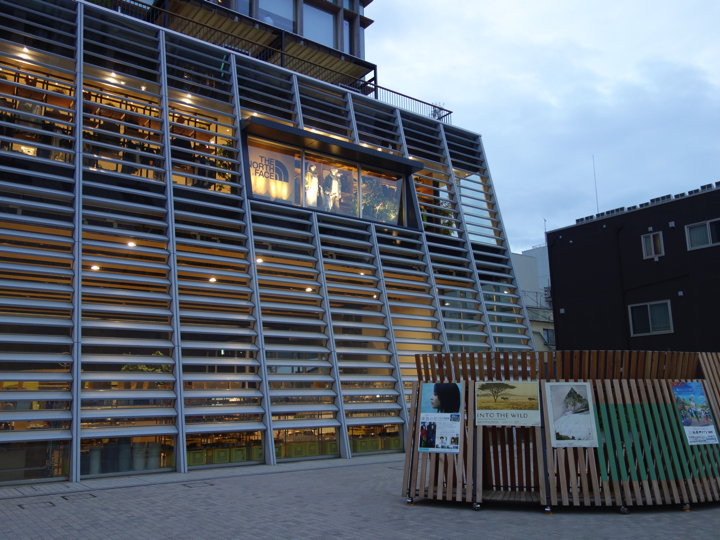
[Reference] (all books are written inJapanese)
* “Ukiyo-e Kai" (September 1936, Ukiyo-e Club)
* “JBBY: Japanese Board on Books for Young People". (April 1986 Japan International Council on Children’s Books)
[Related blog article]
“Paul Jacoulet and 'Shin-hanga’ (New Prints) " (2021.11.13)
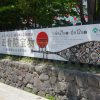
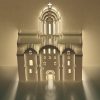
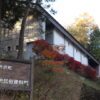
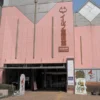
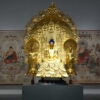
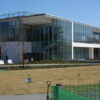
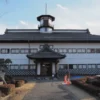
Recent Comments